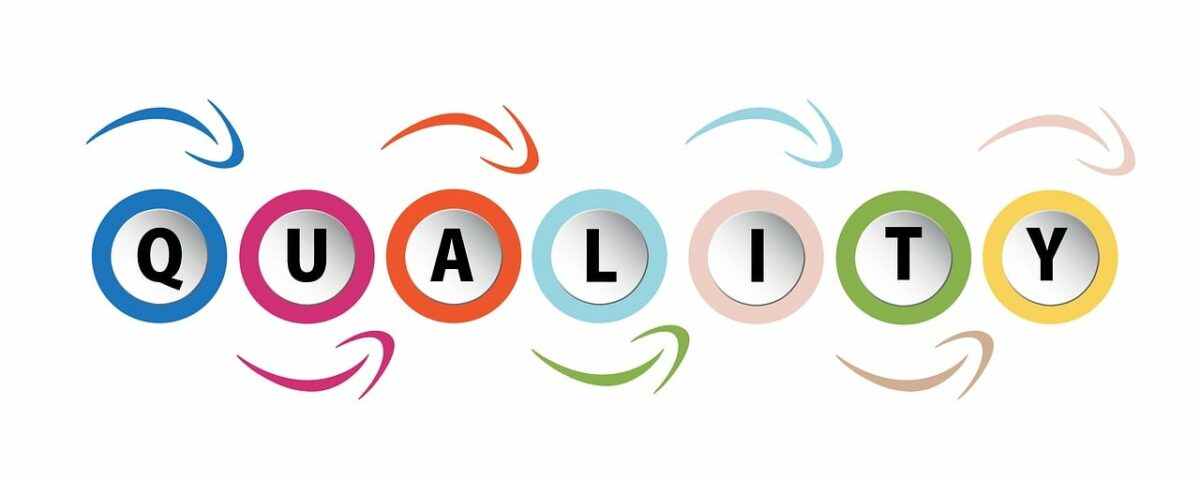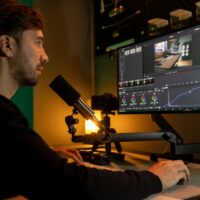A Structured Approach to Quality Control in Video Production for High-Quality Videos
Video production is a highly creative and technical expertise, that demands a thorough comprehension of client needs in order to attain excellence and uniformity. Adhering to a well-organized framework of internal processes and verifications is crucial for streamlining the production process, effectively reducing the need for unwarranted revisions.
Understanding Client Requirements
To ensure excellence and uniformity in video production, the initial step involves thoroughly grasping the client’s needs. Start by developing a comprehensive brief that outlines the goals and key messages to be conveyed, as well as the anticipated applications of the final product. Collaborate with the client to identify central themes for inclusion in the video, using these as a foundation for a well-planned shot list.
Comprehensive Briefing Document
At times, only a brief event description and fundamental guidelines are provided initially. In such instances, it’s essential to expand on the client’s ideas by offering expert advice and insights from past experiences. During this planning phase, reviewing video content previously created by other client vendors is crucial to ensure that the final videos align with the organization’s style and satisfy audience expectations.
Specifying Technical Aspects
Once a brief has been defined, the technical aspects should be signed off by the customer by use of a service agreement, specifying video length, formats, resolutions, and frame rates. Furthermore, this document must detail the provision of licensing additional copyrighted content, including music and stock imagery, and the scope of the licenses for the intended publishing.
Quality Control During Filming
During the production day, it’s crucial to reconfirm that the client has secured all required permissions for filming both participants and the venue. Utilize a checklist to ensure quality control during setup, which includes verifying color balance, detecting interference, and monitoring audio levels.
For event filming, it’s common to encounter unscheduled elements, making it essential to accommodate a non-linear shot sequence. Consistently referring to the shot list throughout the day helps guarantee comprehensive event coverage. Periodically reviewing captured footage ensures that quality standards are consistently maintained.

Backing Up Files and Reviewing
Prior to initiating post-production, establish secure online and offline backups of the original files as a precautionary measure. Thoroughly review all footage and discuss the findings with the client during the debrief. To facilitate quick and efficient feedback from multiple team members in a secure setting, utilize review tools like those offered by Frame.io. By adding time-coded notes directly linked to specific frames, pro tools streamline the process, eliminating the need for extensive descriptions of video alterations.
Checking Compatibility and Appearance
During the concluding stages of color grading and mastering, it is vital to perform multi-device testing to assess compatibility and presentation. Considering the significant consumption of video content on mobile devices, this evaluation is crucial, particularly with regard to audio compression and adaptation to diverse screen sizes and technologies.
Tips for Flawless Quality Control
Upon project completion, encourage all participants to share feedback on both the final output and the quality control procedures, enabling continuous improvement. It’s important to recognize that technical and editorial errors can occur in any environment, particularly in creative fields such as video production. Implementing a robust quality control system and appointing a dedicated Quality Control Officer can help uphold high standards and minimize errors that could potentially impact your company’s professional reputation.
Being Fully Focused and Conducting Personal Checks
The key to spotting all potential errors during quality control is to make sure that you are fully focused on the task at hand. Ensure that those around you are aware of what you are doing, and clear time in your schedule to watch the full video. Noise-canceling headphones are a great way to block out any noise in your work environment, allowing you to give all your attention to the video, whilst the world goes on around you.
Using spelling and grammar tools can help flag up any potential errors. Checking that the name straps on the video correctly match both the spelling of a contributor’s name and their job title is also essential. If you are unsure of the spelling, you can visit a site like LinkedIn or check the creative brief your contributor should have filled in.

Raising Potential Problems in a Respectful Way
Many errors in video production occur because the person doing the check either does not want to offend the editor by raising what they think is a potential problem or does not have enough confidence in themselves to bring up a mistake. Both of these attitudes can be dangerous as there is no harm in raising a potential problem, and a reasonable editor will welcome any feedback if phrased in a respectful way.
Noting any problems as you go through them and only raising them once the whole piece has been watched will allow you to make a solid judgment as to whether there is a problem. The quality control officer needs to stand up and take responsibility. If they don’t mention a mistake, which later is raised by someone else, their own ability will be called into question.
Bringing a Fresh Pair of Eyes to Quality Control
Editors can spend hours looking through a video and could easily miss a mistake. However, if you check it over, you’ll bring a fresh pair of eyes and are likely (especially on the first watch-through) to spot things that they haven’t. Key things to look out for are big color shifts in the image, out-of-focus shots, or anything that just doesn’t seem to work. If you can’t follow the structure of the video, it is likely that others won’t either.
You should always watch the video a couple of times to double-check that any changes that have been made do not affect its overall flow and to ensure that any mistakes made have been corrected.
Using a System to Prevent Confusion and Missed Steps
When checking on multiple videos, which are all at various stages, it is very easy to get confused about what you’ve already checked. The best way to prevent this is to make sure you have a system in place. Your system could be as simple as a checklist or even a flowchart that outlines what needs to be looked at, that way you’ll always know where you are in the process.
To make it even easier, you could even use your initials to mark where you’re up to, to reassure yourself that the video has been proven to be the highest standard it can be, and that no steps have been missed.
In conclusion, achieving a high level of quality and consistency in video production requires a structured approach that follows internal procedures and checks. It is essential to gain a detailed understanding of the client’s requirements and work closely with them to ensure that their ideas are incorporated into the final product.

Summary
Quality control is a crucial part of the video production process and requires a sharp focus on the task at hand. Using noise-canceling headphones and spelling and grammar tools can help eliminate distractions and errors. Checking for potential problems and raising them in a respectful way is important to ensure that mistakes are caught early on and that the final product meets the required quality standards. Having a system in place to keep track of the quality control process can help prevent confusion and ensure that no steps are missed. By following these steps, video production teams can consistently produce high-quality work that meets the client’s requirements and exceeds their expectations.





